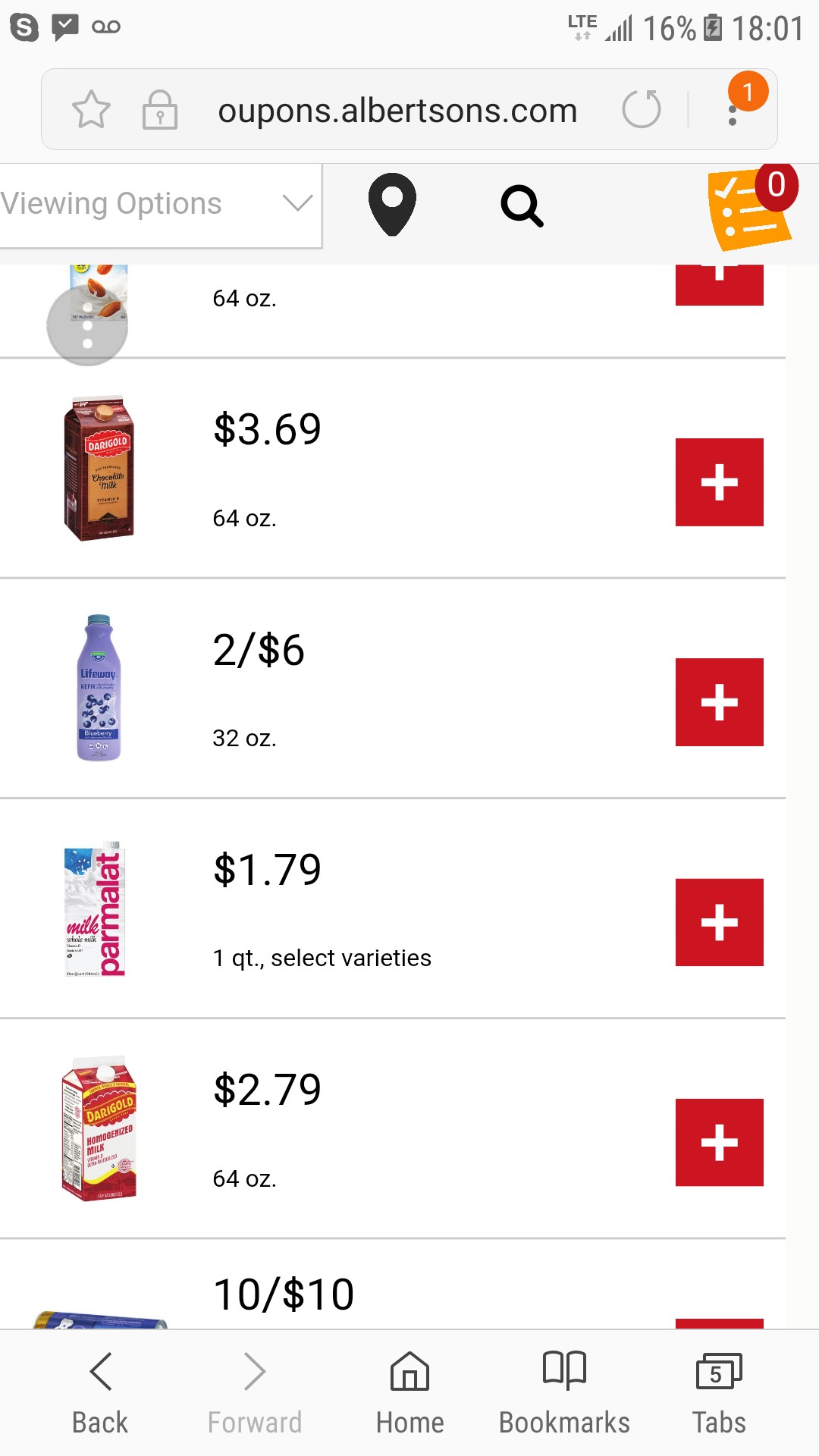Why would anyone in their right mind want to sell out Canada's dairy Industry and the family farms that produce probably the highest quality milk anywhere in the world. Canadian milk is free or hormones and antibiotics as this article from Alberta Milk confirms. Similarly Canadian poultry also has a higher standard. We can all remember the scandals of the US Poultry plants and the green pus running down the chicken.
What is the difference between Canadian and American milk?
Asked By David
There are a lot of ways to compare and contrast the differences in milk and industries! So this is not an exhaustive list by any means.
The most popular difference between the two countries is the use of recombinant bovine somatotropin, or rBST. What is that? Well, Health Canada states that rBST is a synthetic version of a naturally occurring growth hormone. It is approved for use in the USA to increase the production of milk in dairy cattle, but is illegal in Canada. Why is this illegal for use in Canada? Health Canada determined that it did not pose a health risk to humans, but they also determined that it had negative effects on the health and welfare of cows.
As well, our maximum Somatic Cell Count (SCC) is also lower than the American standard. What is a SCC? It’s the total number of cells per milliliter in milk. Primarily, SCC is composed of leukocytes, or white blood cells, that are produced by the cow’s immune system to fight an inflammation. It’s a way we measure milk quality. For example, a reduced count of SCC is associated with better quality milk. Often if the count is high, it means the cow might be sick. Our maximum allowable is 400,000. Our provincial average is well below this maximum at 205,000. In Canada, each load of milk is tested to ensure it’s below that standard. In the USA, the national standard is 750,000, but the export standard is 400,000.
Another difference is our marketing systems. Canadian milk is under a system called supply management. It means that our Canadian milk is produced by Canadian farmers. We don’t import or export a lot of dairy products. Our farms use quota to manage how much milk comes off their farms. The result is fresh milk that hasn’t been shipped long distances, supports our economy and our communities. We value our supply management system because it give a fair price to the farmer and the consumer and is not subsidized through tax dollars through the government. Notably, turkey, chicken and eggs also function under a supply managed system in Canada. Americans use a different system where they have a bigger reliance on exporting milk.
Canada’s farm sizes are also smaller than our American friends. Our average farm size is 85 cows, while the US is about 225. We also have a lot less farms that the USA. Canada has about 11,000 dairy farms while the USA has about 41,800!
We encourage you to contact dairy organizations in the USA for more information on their product and industry.
What is the difference between Canadian and American milk?
Asked By David
There are a lot of ways to compare and contrast the differences in milk and industries! So this is not an exhaustive list by any means.
The most popular difference between the two countries is the use of recombinant bovine somatotropin, or rBST. What is that? Well, Health Canada states that rBST is a synthetic version of a naturally occurring growth hormone. It is approved for use in the USA to increase the production of milk in dairy cattle, but is illegal in Canada. Why is this illegal for use in Canada? Health Canada determined that it did not pose a health risk to humans, but they also determined that it had negative effects on the health and welfare of cows.
As well, our maximum Somatic Cell Count (SCC) is also lower than the American standard. What is a SCC? It’s the total number of cells per milliliter in milk. Primarily, SCC is composed of leukocytes, or white blood cells, that are produced by the cow’s immune system to fight an inflammation. It’s a way we measure milk quality. For example, a reduced count of SCC is associated with better quality milk. Often if the count is high, it means the cow might be sick. Our maximum allowable is 400,000. Our provincial average is well below this maximum at 205,000. In Canada, each load of milk is tested to ensure it’s below that standard. In the USA, the national standard is 750,000, but the export standard is 400,000.
Another difference is our marketing systems. Canadian milk is under a system called supply management. It means that our Canadian milk is produced by Canadian farmers. We don’t import or export a lot of dairy products. Our farms use quota to manage how much milk comes off their farms. The result is fresh milk that hasn’t been shipped long distances, supports our economy and our communities. We value our supply management system because it give a fair price to the farmer and the consumer and is not subsidized through tax dollars through the government. Notably, turkey, chicken and eggs also function under a supply managed system in Canada. Americans use a different system where they have a bigger reliance on exporting milk.
Canada’s farm sizes are also smaller than our American friends. Our average farm size is 85 cows, while the US is about 225. We also have a lot less farms that the USA. Canada has about 11,000 dairy farms while the USA has about 41,800!
We encourage you to contact dairy organizations in the USA for more information on their product and industry.


Comment